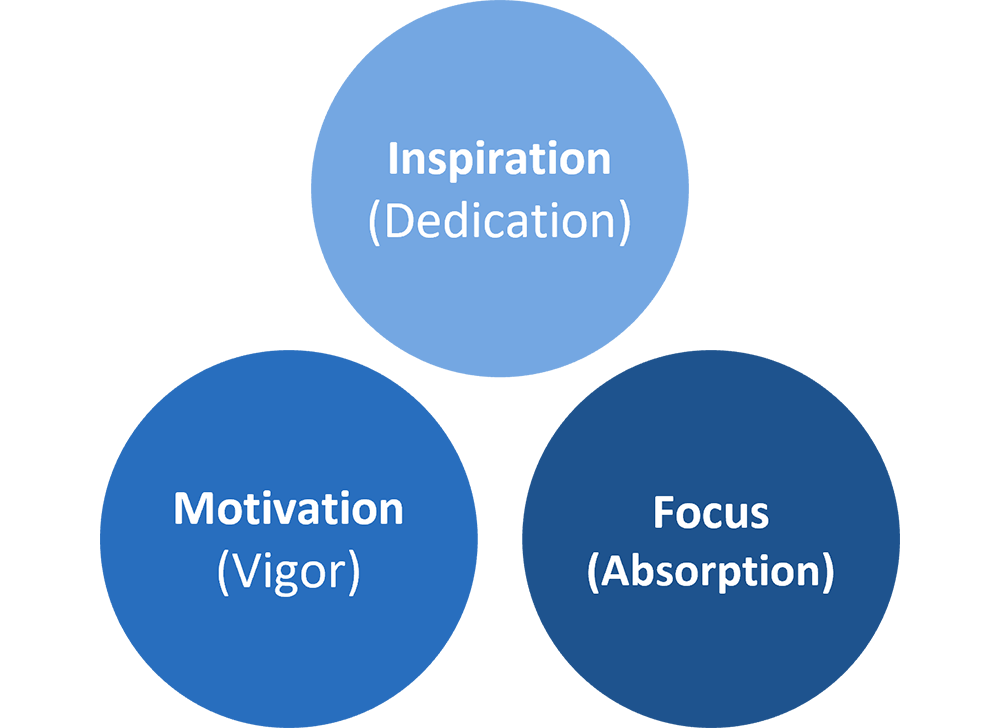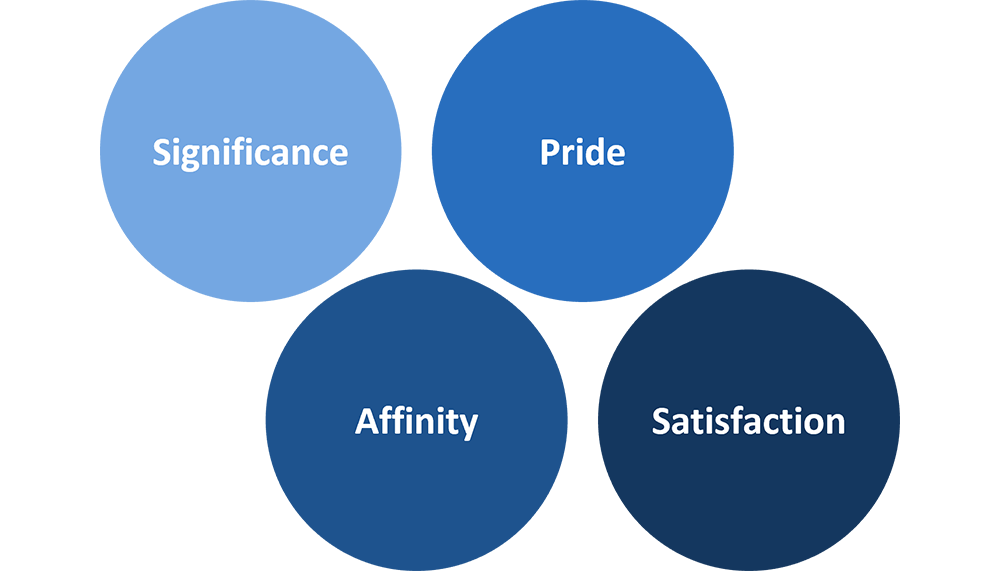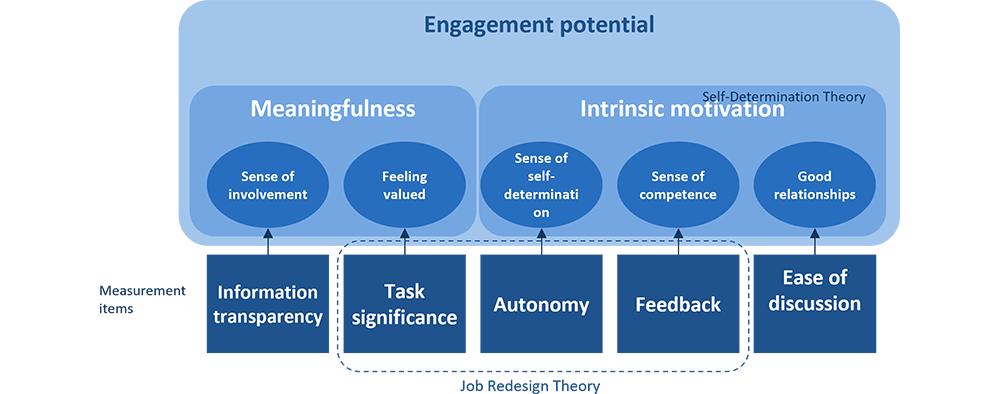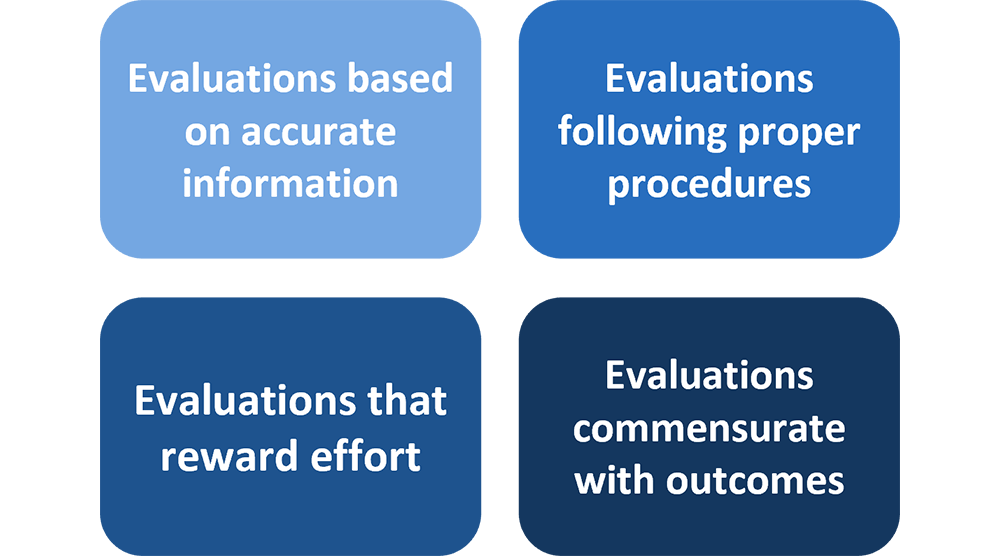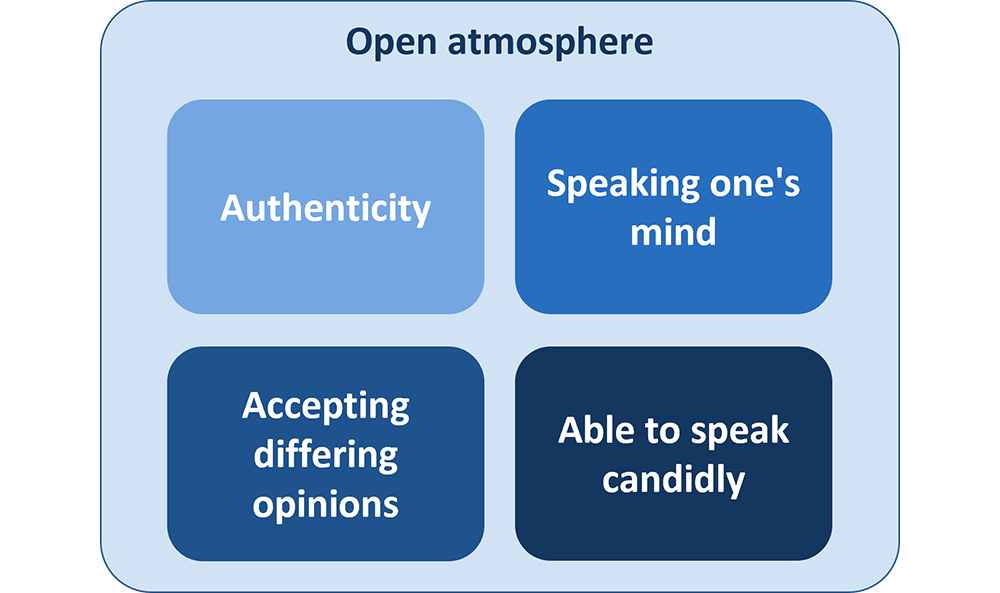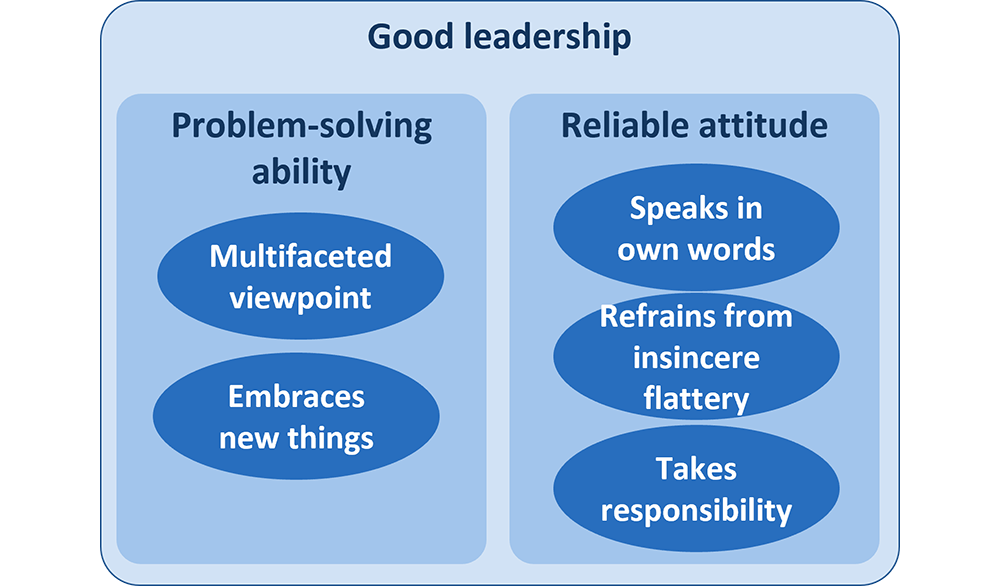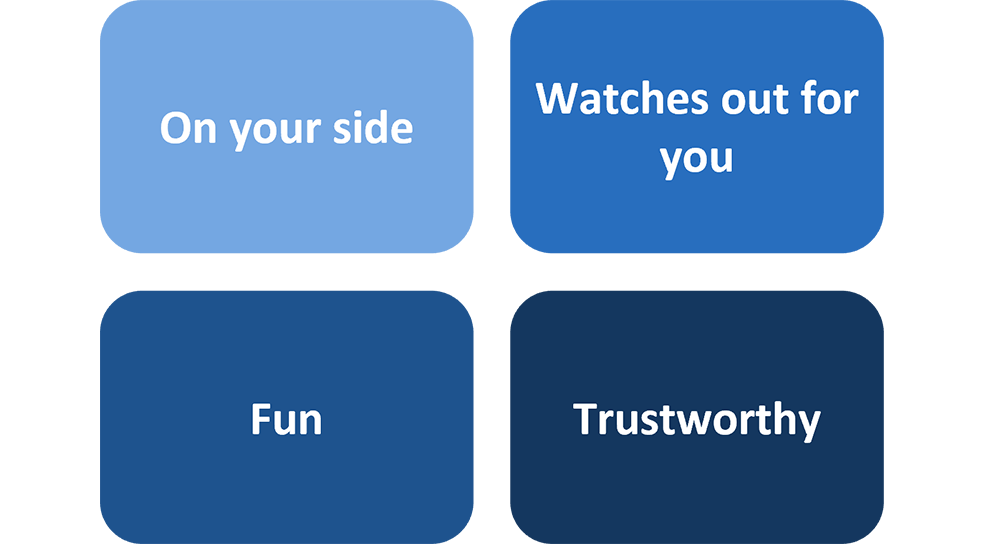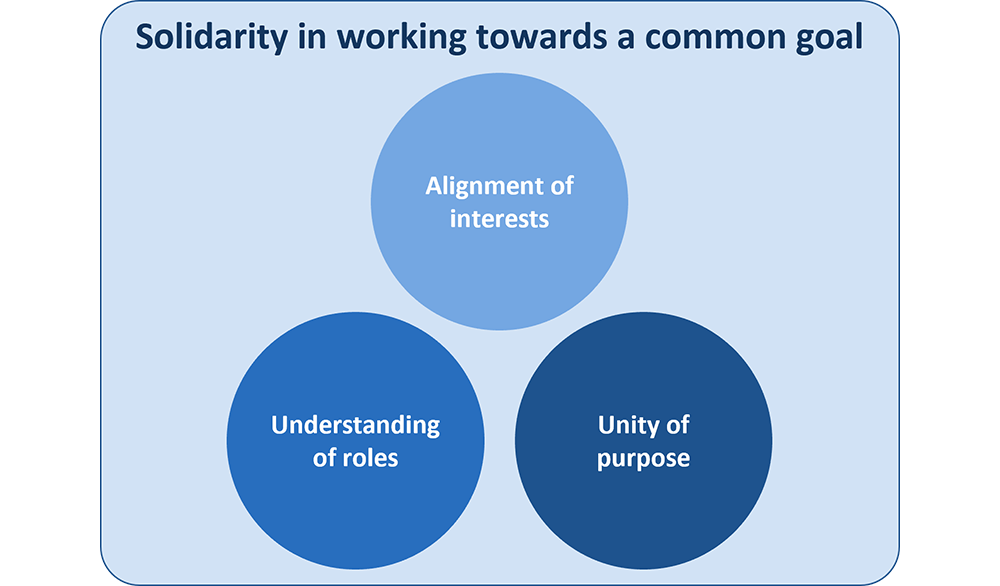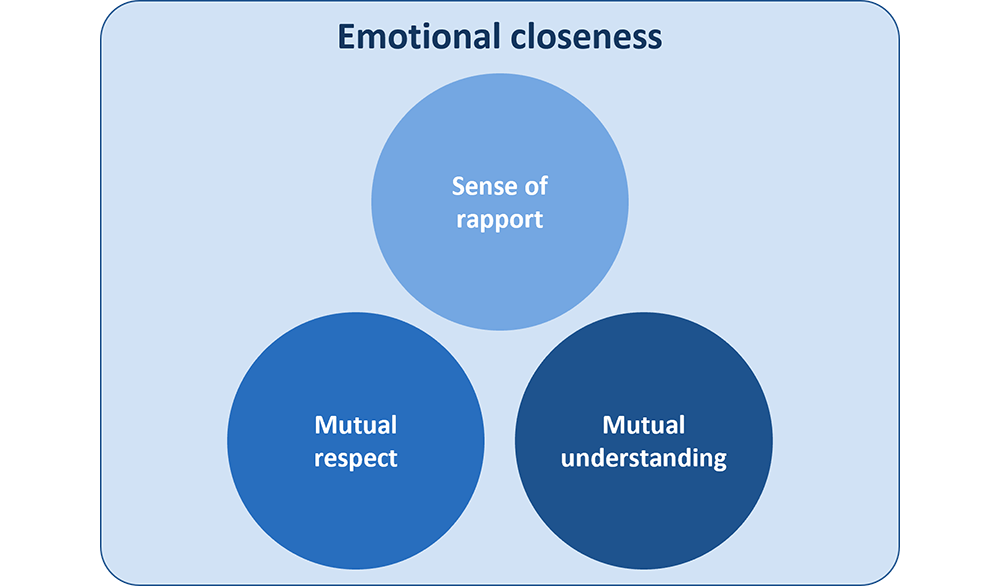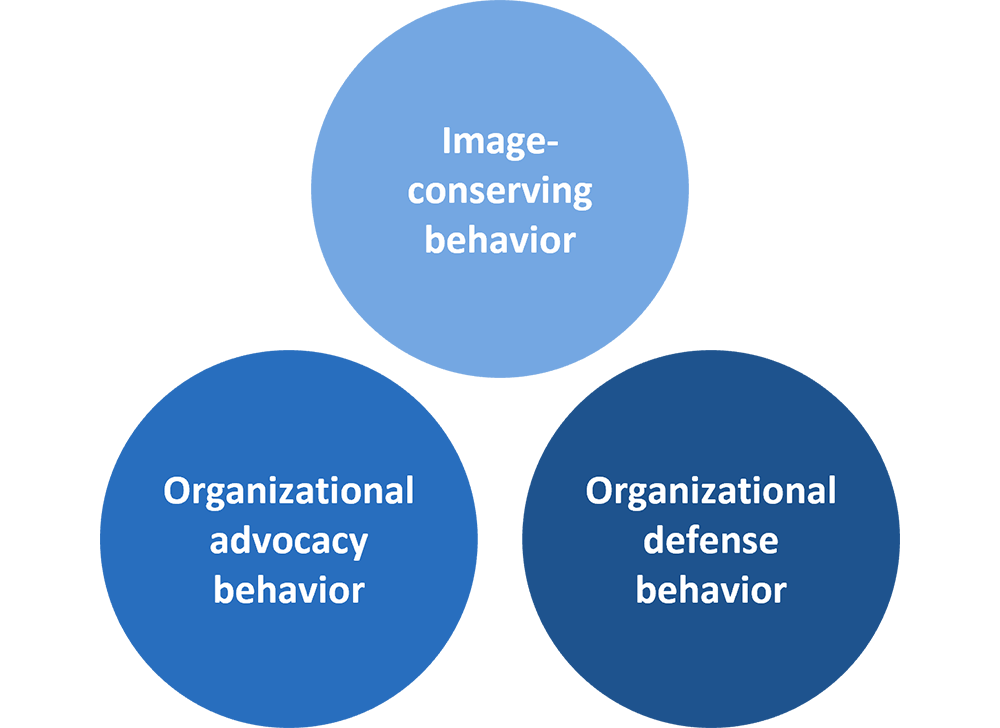-
Shimazu, A., Schaufeli, W. B., Kosugi, S., Suzuki, A., Nashiwa, H., Kato, A., ... & Kitaoka‐Higashiguchi, K. (2008). Work engagement in Japan: validation of the Japanese version of the Utrecht Work Engagement Scale. Applied Psychology, 57(3), 510-523.
-
Horie, T., Inuzuka, A., & Iakawa, Y. (2007). Relation between Knowledge Contribution and Intrinsic Motivation within an R&D Organization. Japanese Journal of Administrative Science, 20(1), 1-12.
-
Tao, M. (1987). Theory and Measurement of Burnout in Human Services. Sci. Rep. Kyoto Prefectural University Humanist Science, 39, 99-112.
-
Nishida, T. (2000). Effects of Job Satisfaction, Organizational Commitment, Organizational Justice, and OCB on Work Group Effectiveness. Japanese Journal of Administrative Science, 13(3), 137-158.
-
Inoue, A., Kawakami, N., Shimomitsu, T., Tsutsumi, A., Haratani, T., Yoshikawa, T., Shimazu, A., & Odagiri, Y. (2016). Development of the new brief job stress questionnaire. In Psychosocial Factors at Work in the Asia Pacific (pp. 225-247). Springer, Cham.
-
Ishibashi, S. (2016). The Effects on Job Characteristics and Satisfaction on Organizational Citizenship Behavior. Journal of the Japan Society for Information and Management, 66(4), 309-316.
-
Misawa, R., Sasou, K., & Yamaguchi, H. (2009). Development of the Teamwork Measure for Nursing Teams. Japanese Journal of Social Psychology, 24(3), 219-232.
-
Shibaoka, M., Takada, M., Watanabe, M., Kojima, R., Kakinuma, M., Tanaka, K., & Kawakami, N. (2010). Development and validity of the Japanese version of the organizational justice scale. Industrial health, 48(1), 66-73.
-
Sekimoto, M., Kamagata, M., & Yamaguchi, Y. (2001). An attempt to Create an Organizational Climate Scale (I). Bulletin of Toyohashi Sozo University, (5), 51-65.
-
Miyairi, S. (2007). Development of the Organizational Climate Characteristics Scale and Possibility of its Application for Organizational Change. Nihonbashi Gakkan University Bulletin, 6, 3-13.
-
Pellerin, C. J. (2010). The 4-D System: A Simple Tool to Analyze Team and Individual Performance. How NASA Builds Teams. Achievement Publishing.
-
Sugiyama, T., Nakamura, T., & Nishii, R. (2021). Development of Collective Cohesion Questionnaire in Sports. Japan Journal of Physical Education Health and Sport Sciences, 66, 327-342.
-
Edmonson, A.C. (2014). Teaming: How organizations learn, innovate, and compete in the knowledge economy. (T. Nozu, Trans.). Eiji Press.
-
Edmondson, A. C. (2012). Teaming: How organizations learn, innovate, and compete in the knowledge economy. John Wiley & Sons.
-
May, D. R., Gilson, R. L., & Harter, L. M. (2004). The psychological conditions of meaningfulness, safety and availability and the engagement of the human spirit at work. Journal of occupational and organizational psychology, 77(1), 11-37.
-
Kaneko, T. (1991). Study on Psychological Distance in Parent-Child and Friend Relationships of Adolescent Girls. The Japanese Journal of Adolescent Psychology, 3, 10-19.
-
Tani, F., & Harada, S. (2011) Development of the New Intimacy Scale. Bulletin of Graduate School of Human Development and Environment, Kobe University, 5(1),1-7.
-
Sasaki, J., Sugawara, K., & Tanno, Y. (2005). Why is the diverse U letter relationship between embarrassment and psychological distance observed? In view of Schlenker and Leary (1982)'s self-presentation model of social anxiety. Japanese Psychological Research, 76 (5), 445-452.
-
Tanaka, K. (2002). The Development of the Japanese Version of the Organizational Citizenship Behavior Scale. Japanese Association of Industrial/Organizational Psychology Journal, 15 (2), 77-88.
